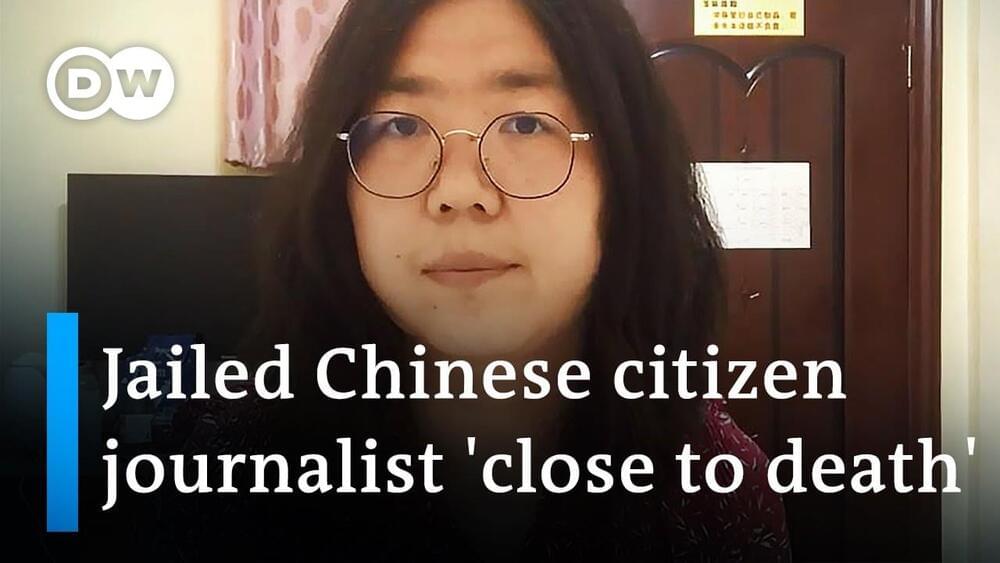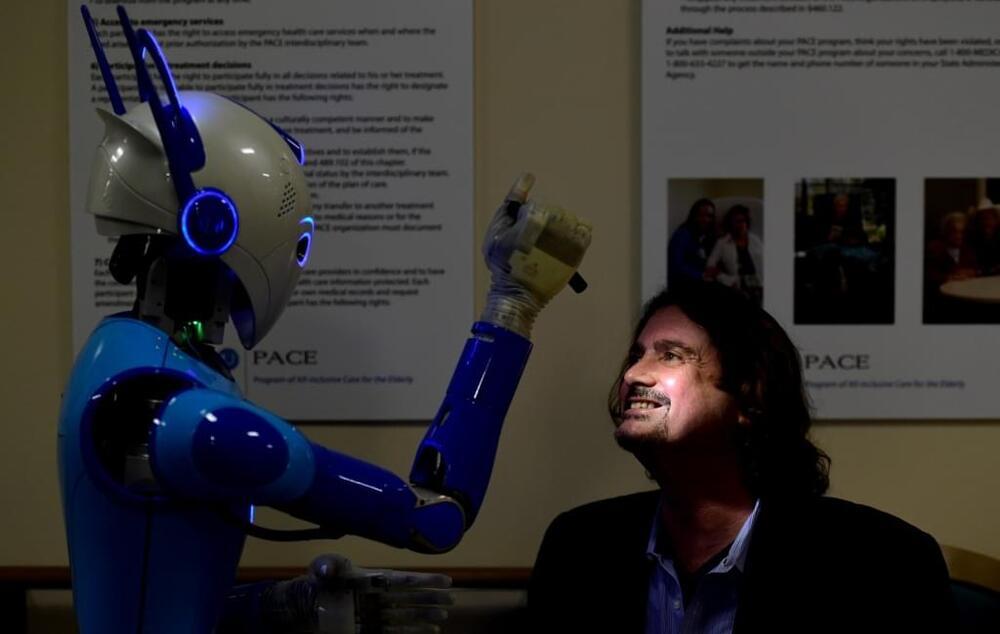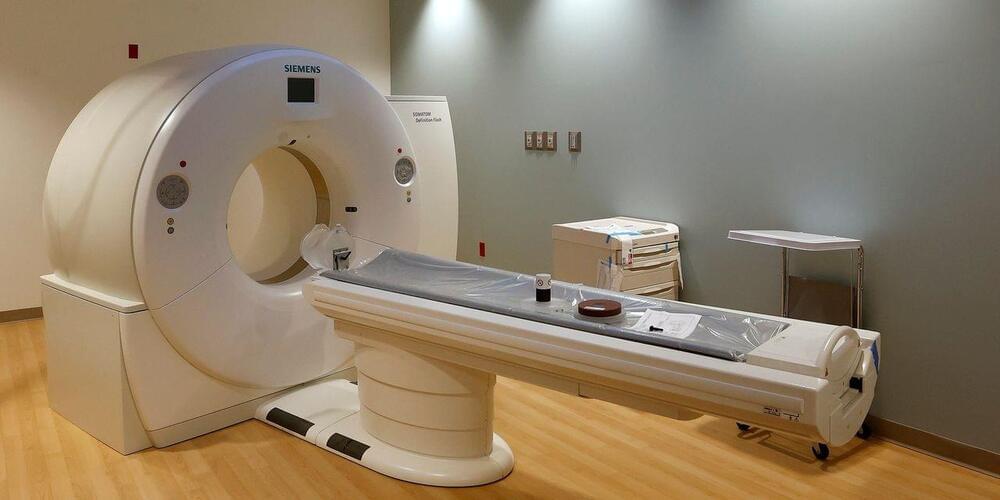Citizen journalist now close to death.
Citizen journalist Zhang Zhan is in a Chinese prison for reporting from Wuhan during the height of the city’s coronavirus outbreak in 2020. Her family says she is on hunger strike and could be near death. All calls for her release have gone unheeded.
“Zhang Zhan distributed independent information on what happened in Wuhan,” the managing director of Reporters Without Borders Germany, Christian Mihr, told DW. He asked Germany and the EU to be more outspoken ahead of the 2022 Winter Olympics in Beijing.
Subscribe: https://www.youtube.com/user/deutschewelleenglish?sub_confirmation=1
For more news go to: http://www.dw.com/en/
Follow DW on social media:
►Facebook: https://www.facebook.com/deutschewellenews/
►Twitter: https://twitter.com/dwnews.
►Instagram: https://www.instagram.com/dwnews.
Für Videos in deutscher Sprache besuchen Sie: https://www.youtube.com/dwdeutsch.
#China #ZhangZhan #Wuhan










